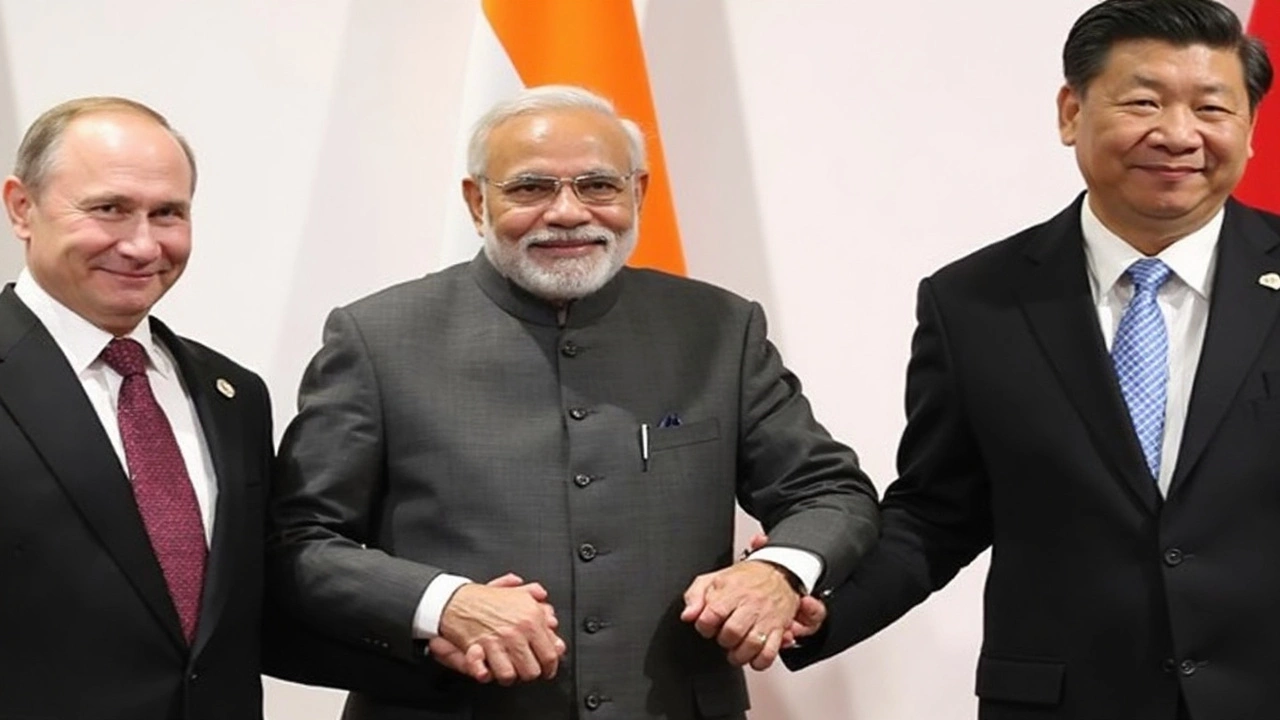What Is NATO and Why Should You Care?
When you hear "NATO" on the news, it usually means a meeting of world leaders, a joint military drill, or a headline about defense spending. But at its core, NATO – the North Atlantic Treaty Organization – is just a group of countries that agreed to help each other if anyone attacks. Think of it as a neighborhood watch, only the "neighborhood" stretches across North America and Europe.
How NATO Works in Plain Language
The treaty was signed in 1949, right after World War II, to keep peace and stop any new aggression. Thirty‑nine nations are members today, including the United States, the United Kingdom, Canada, Germany, and Turkey. The key rule is simple: an attack on one is considered an attack on all. That promise is written in Article 5 of the treaty and has only been invoked once – after the September 11 attacks.
Every few years, the members meet at a summit to decide on budget contributions, new missions, and which countries might join next. Decisions aren’t forced; each nation votes, and the alliance moves forward only when the majority agrees. This makes NATO a flexible but powerful political and military network.
Why NATO Matters to You Right Now
Even if you don’t serve in the military, NATO’s actions can affect your daily life. When NATO boosts defense spending, it can lead to more jobs in the aerospace and technology sectors. Joint training exercises often involve local communities, bringing in visitors and spurring small‑business growth.
Recent headlines focus on a few hot topics:
- Euro‑Atlantic expansion: Countries like Finland and Sweden have recently joined, changing the strategic map of Europe.
- Modernization: Members are investing in cyber‑defense, space capabilities, and AI to stay ahead of new threats.
- Cost‑sharing debates: The U.S. urges European allies to meet the 2% GDP defense‑spending target, sparking lively discussions in capitals.
All of these moves shape the security environment, influencing everything from energy prices to travel advisories. If you’re planning a trip to Europe, understanding NATO’s stance on regional stability can help you anticipate potential disruptions.
Another practical angle is the NATO Partnership Program. Non‑member countries can cooperate on training, disaster relief, and cyber‑security. This means that even nations outside the alliance can benefit from shared expertise, which often trickles down to local emergency services and tech firms.
So, what can you do with this info? Stay tuned to reliable news sources for updates on NATO summits and decisions. If you work in sectors like defense, IT, or logistics, keep an eye on NATO procurement announcements – they often signal upcoming contracts and job openings. And if you’re simply curious, check out the alliance’s public website for free resources, webinars, and reports that break down complex policies into easy‑to‑understand language.
Bottom line: NATO is more than a military pact; it’s a network that influences economics, technology, and even everyday safety. Knowing the basics helps you understand why headlines matter and how global security choices can touch your own life.
NATO Chief Warns BRICS Nations of Harsh Sanctions Over Continued Russia Trade
NATO Secretary General Mark Rutte has threatened India, China, and Brazil with 100% secondary sanctions if they keep trading with Russia, especially in energy. This warning comes as part of a global push to isolate Russia economically and force peace negotiations on Ukraine. The US is backing these efforts with bipartisan support for severe tariffs and penalties.





